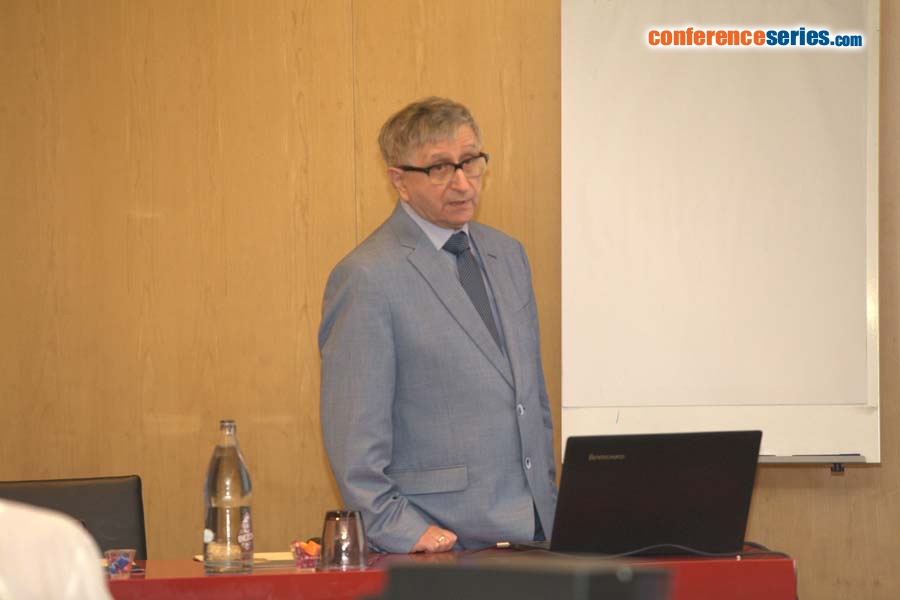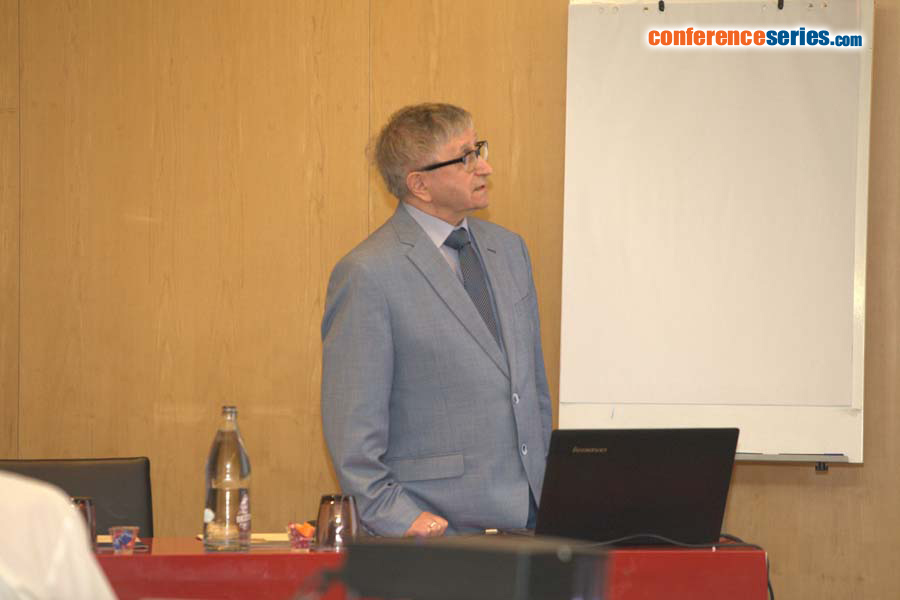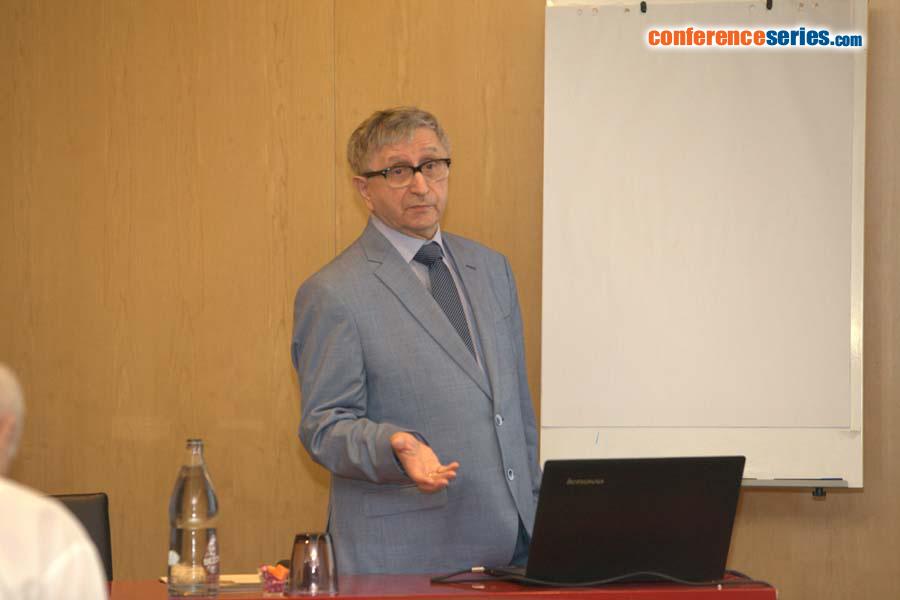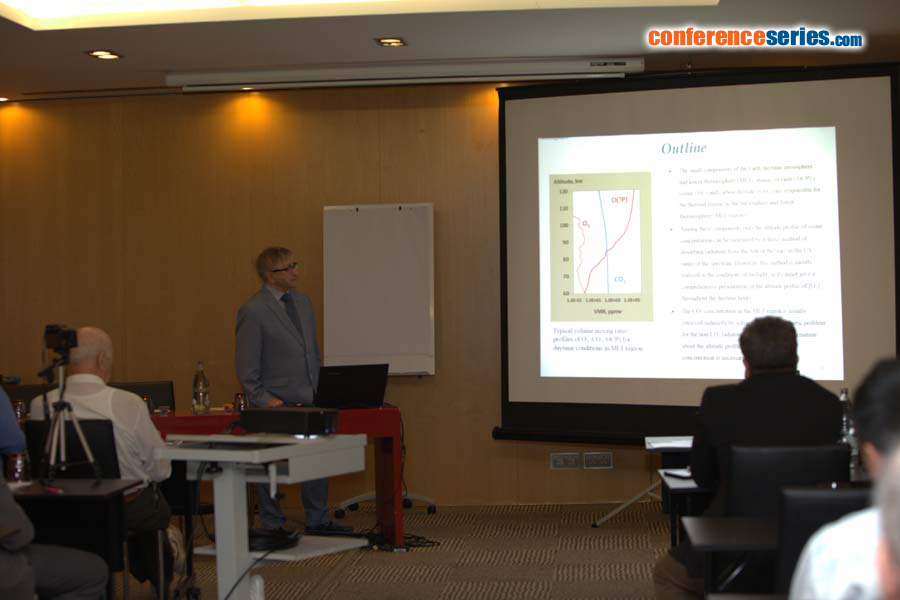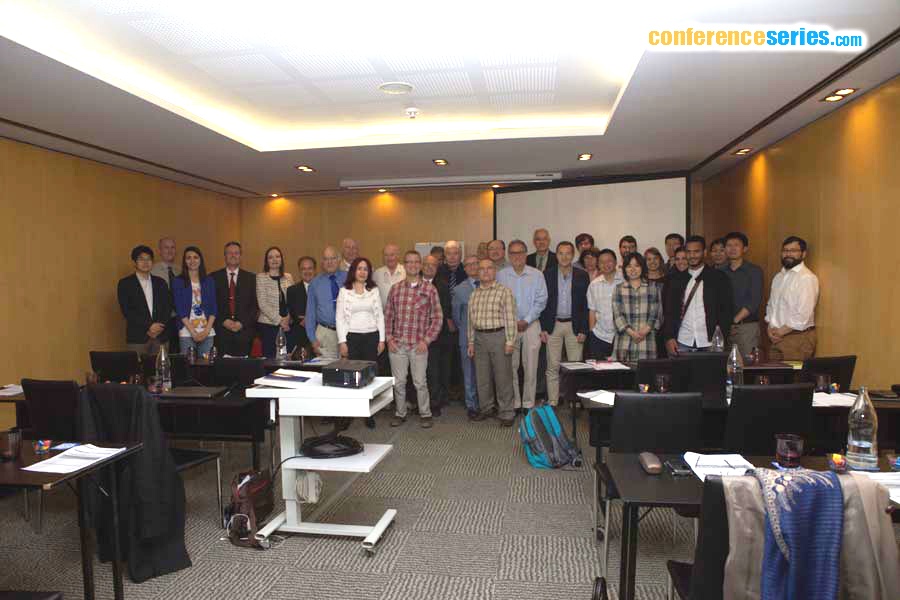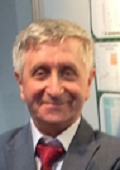
Valentine A. Yankovsky
St. Petersburg State University
Russia
Title: Proposals on multi-channel methods for the simultaneous remote sensing of [O(3P)], [О3] and [CО2] altitude profiles in the mesosphere and lower thermosphere in daytime
Biography
Biography: Valentine A. Yankovsky
Abstract
Three small components of O(3P), O3 and CO2 in the daytime mesosphere and lower thermosphere (MLT) of the Earth are responsible for the thermal regime of the atmosphere. Among these components only the altitude profile of ozone concentration can be measured by a direct method for absorbing radiation from the Sun or the stars in the UV range of the spectrum. However, this method is most often realized in the conditions of twilight, so cannot give an exhaustive presentation of the altitude profile of [O3] throughout the daytime hours. Height profile of the atomic oxygen is usually restored on the assumption that it is looped with ozone. Despite the attractiveness of this approach, it cannot explain the altitude profile of atomic oxygen above 96-98 km, where the ozone concentration decreases by catastrophic style. The CO2 concentration in the MLT region is usually retrieved indirectly by solving complicated kinetic problem for the non-LTE radiative transfer. The analogous difficulties of [O3] retrieval from the observation of emission in 9.6 μm band are explained by the complexity of the vibrational kinetics of O3 molecule. Retrieved values of both CO2 and O3 to some extent depend on a prior information about the O(3P) altitude profile. The problem can be solved by using individual proxy for each of the target component. Using a sensitivity study and uncertainty analysis of the contemporary model of O3 and O2 photolysis in the MLT, YM2011, we have tested three excited components; namely the electronic-vibrational excited molecules, О2(b1Sg+, v = 0, 1, 2), as [O(3P)], [O3] and [CO2] proxies. We conclude that in the altitude range of 50-85 km, simultaneously independent retrievals of [O3] and [CO2] are possible (see Figure 1); and in the range of 85-100 km, the emissions in three channels from the О2(b1Sg+, v = 0, 1, 2) molecules make it possible to retrieve the [O3], [CO2] and [O(3P)] simultaneously.


